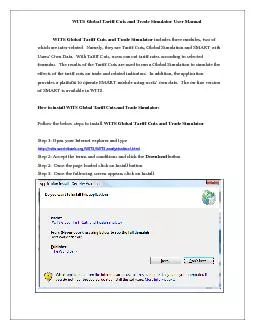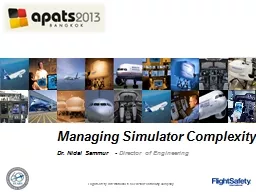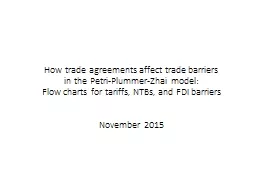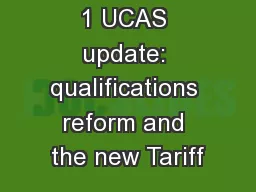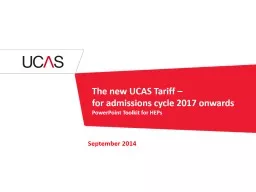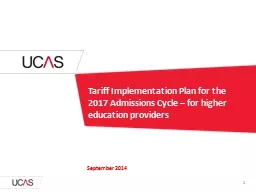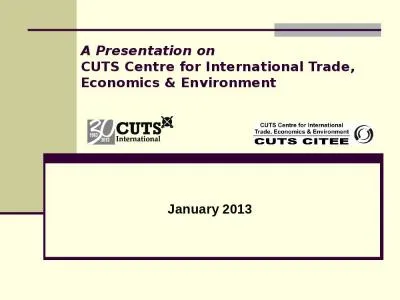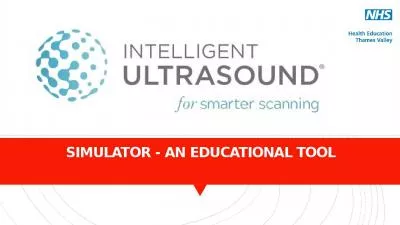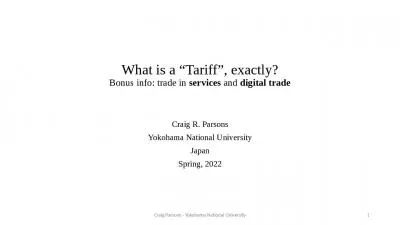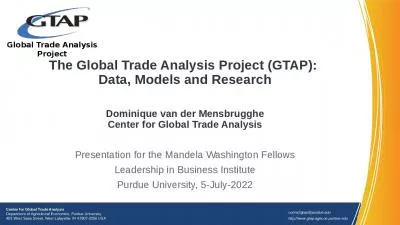PDF-WITS Global Tariff Cuts and Trade Simulator
Author : karlyn-bohler | Published Date : 2015-12-08
User Manual WITS Global Tariff Cuts and Trade Simulator includes three modules two of which are inter related Namely they are Tariff Cuts Global Simulation and
Presentation Embed Code
Download Presentation
Download Presentation The PPT/PDF document "WITS Global Tariff Cuts and Trade Simula..." is the property of its rightful owner. Permission is granted to download and print the materials on this website for personal, non-commercial use only, and to display it on your personal computer provided you do not modify the materials and that you retain all copyright notices contained in the materials. By downloading content from our website, you accept the terms of this agreement.
WITS Global Tariff Cuts and Trade Simulator: Transcript
Download Rules Of Document
"WITS Global Tariff Cuts and Trade Simulator"The content belongs to its owner. You may download and print it for personal use, without modification, and keep all copyright notices. By downloading, you agree to these terms.
Related Documents

